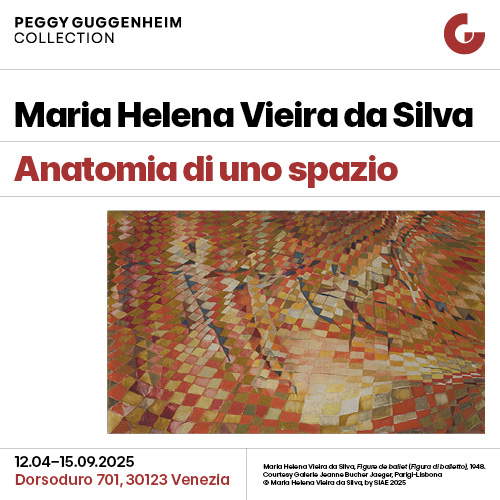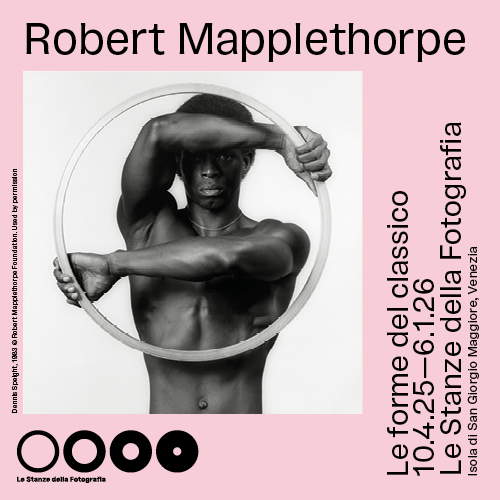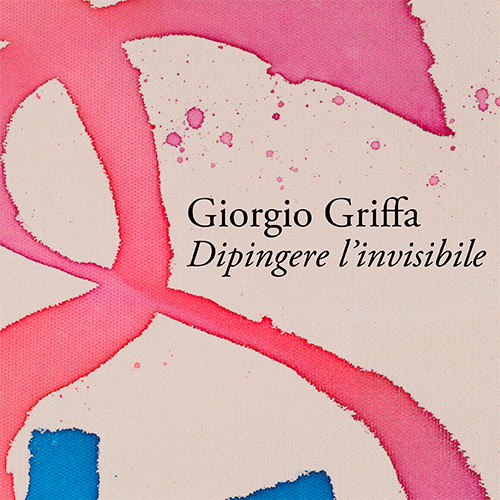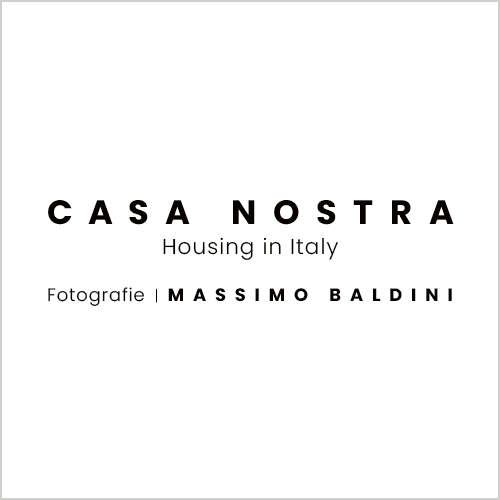Yan Pei-Ming's art tells the faces of Regina Coeli in the Holy See's new space in Rome
Rome is enriched with a new space dedicated tocontemporary art: Conciliazione 5, an exhibition space desired by the Holy See’s Dicastery for Culture and Education, opened Feb. 15 with an exhibition by Chinese artist Yan Pei-Ming, who presents a work dedicated to the inmates and staff of the Regina Coeli prison. The project, entitled Beyond the Wall - Regina Coeli, Rome, is part of the Jubilee of Artists and the World of Culture, scheduled for Feb. 15-18, 2025 (the exhibition, however, remains open until May 15), and brings attention to an often forgotten reality, that of prisons. The exhibition inaugurates the exhibition itinerary of Conciliazione 5, located along the famous street leading to St. Peter’s Basilica. The venue, restored to a design by Studio COR Architetti, will be a permanent showcase of contemporary art, visible 24 hours a day, with an annual program dedicated to reflection between creativity and spirituality. Curating the first year is Cristiana Perrella, who on the occasion of Jubilee 2025 has chosen to develop the theme of Hope through a series of artistic interventions.
Yan Pei-Ming’s work represents the first chapter of this journey and is based on a watercolor portrait work that restores the faces and stories of the people who live and work in the Roman prison. The project was made possible thanks to the collaboration with the Ministry of Justice - Department of Penitentiary Administration and collects 27 large portraits, the result of a series of photographic sessions carried out with photographer Daniele Molajoli. Regina Coeli Prison, the oldest and best known in Rome, is infamous for its overcrowding and difficult living conditions. Yan Pei-Ming’s exhibition invites us to look beyond the wall that separates the penitentiary from the rest of the city, restoring dignity to those imprisoned there and those who work there. Art, in this case, becomes a tool for listening and reflection, giving visibility to an often ignored humanity.
The choice of portraiture as a medium of expression is not accidental: in the artistic tradition, this genre gives dignity and social recognition to the subjects represented. Yan Pei-Ming, known for his quick and incisive stroke, manages to capture the essence of faces, telling stories that would otherwise remain invisible. Among the portraits created are those of inmates, prison police officers, volunteers, doctors and the chaplain, figures who work daily inside the prison, often under difficult conditions.
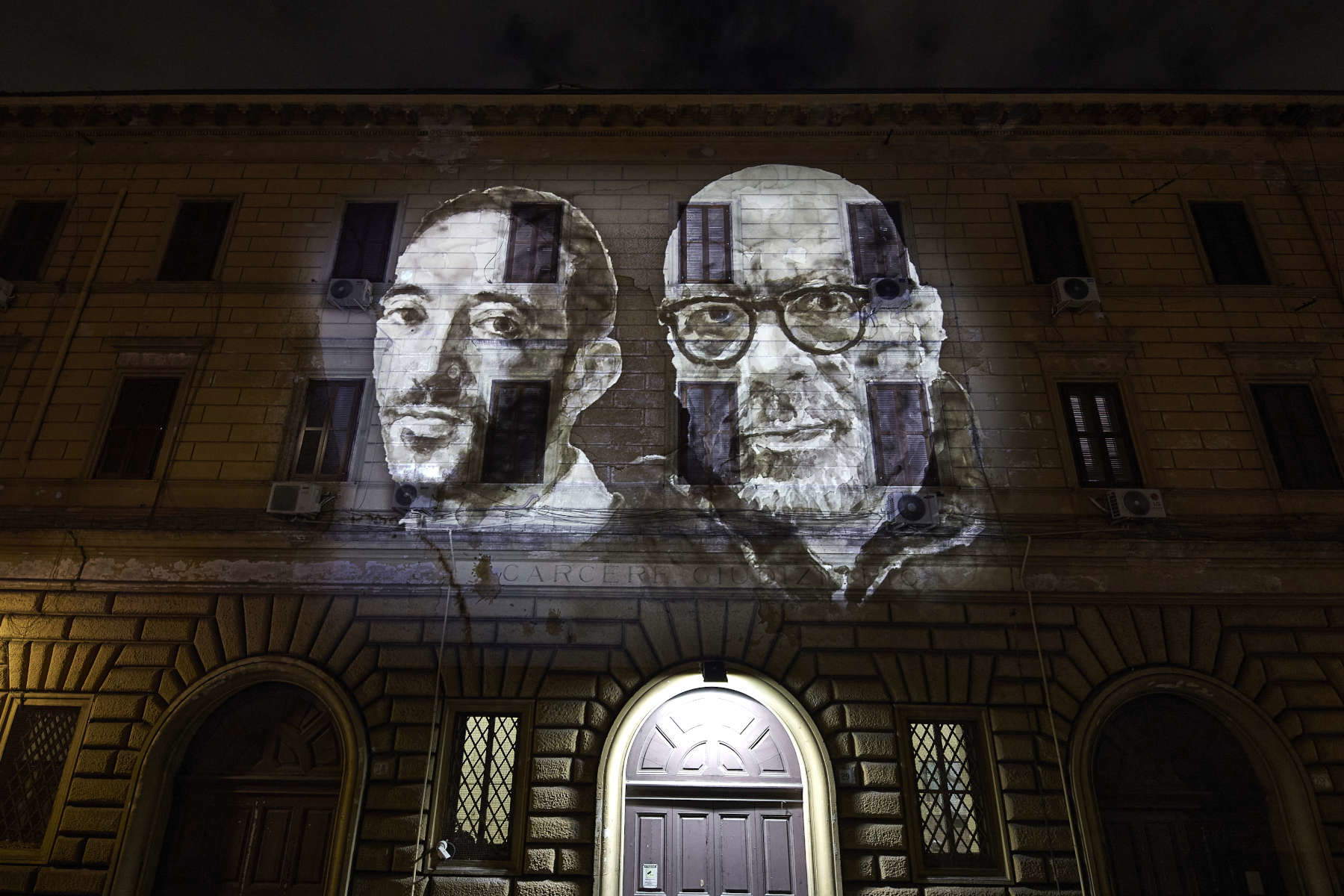
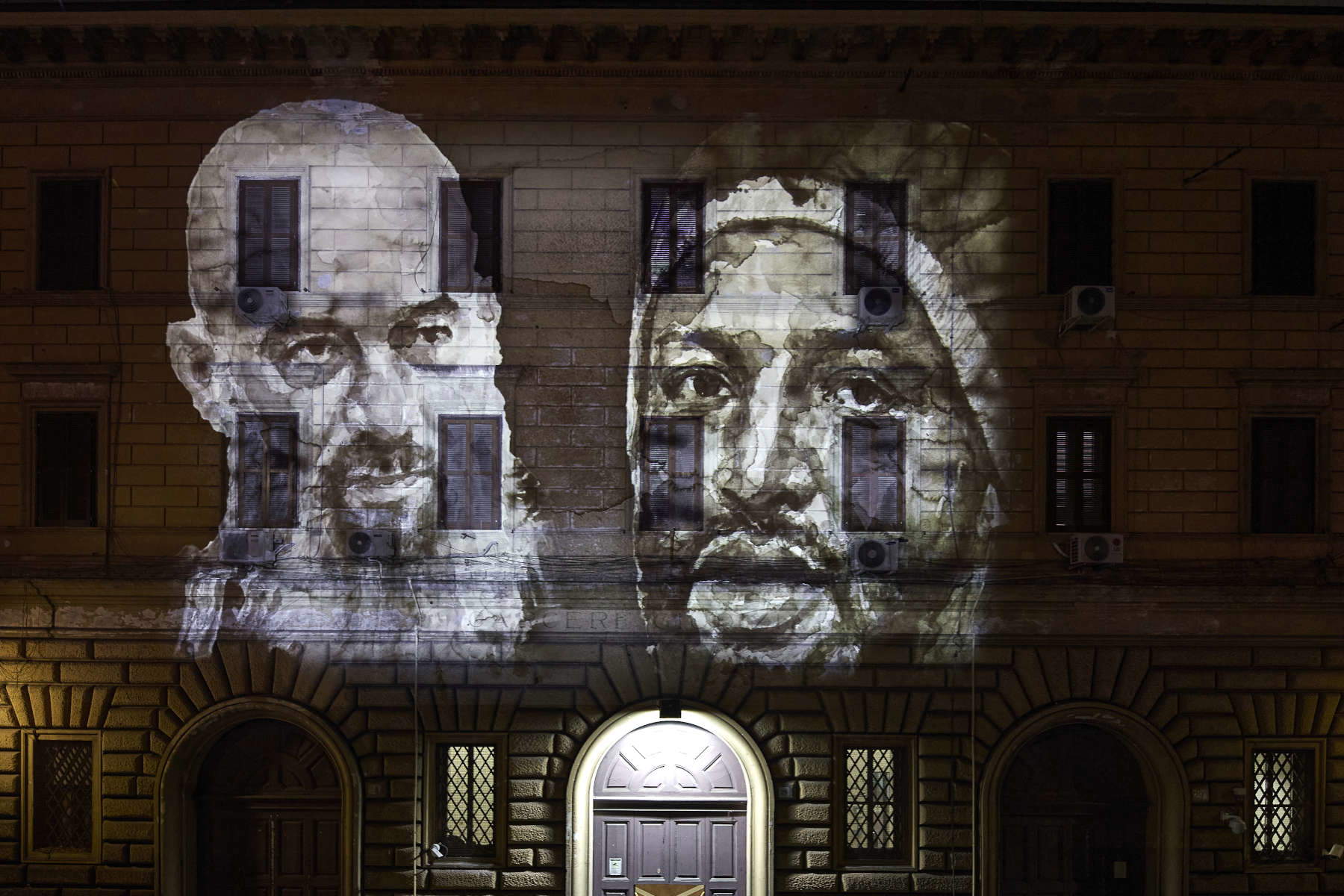
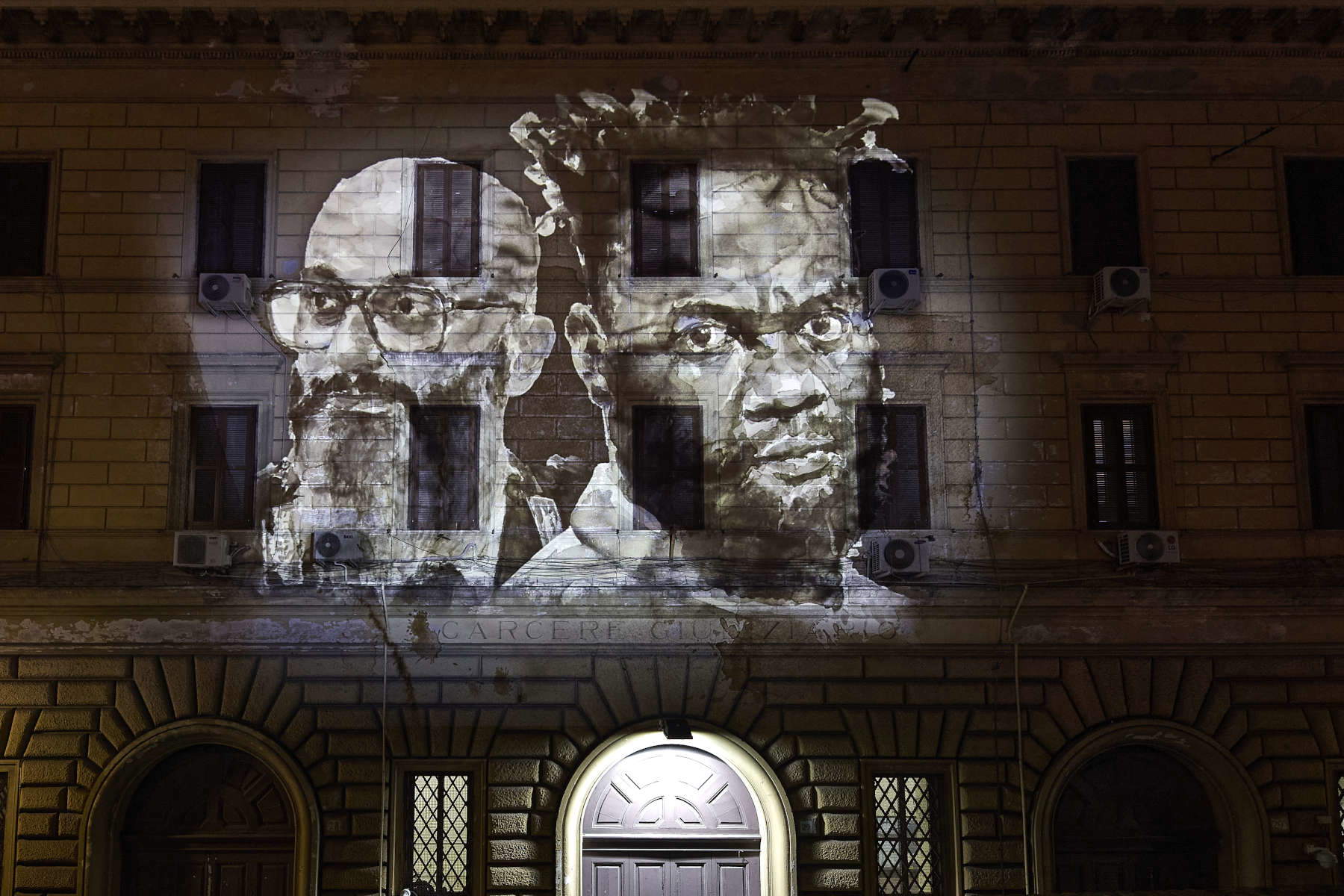
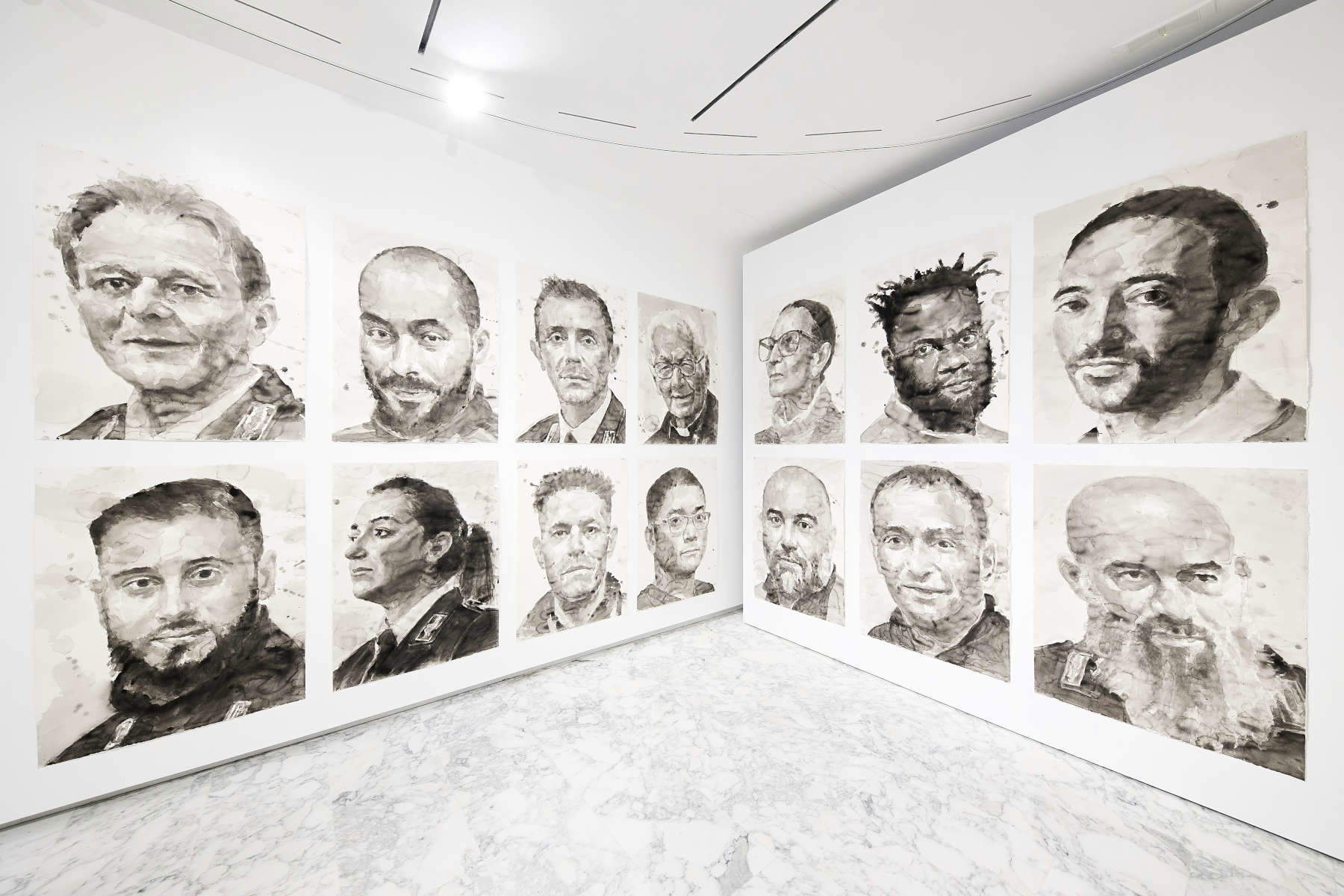
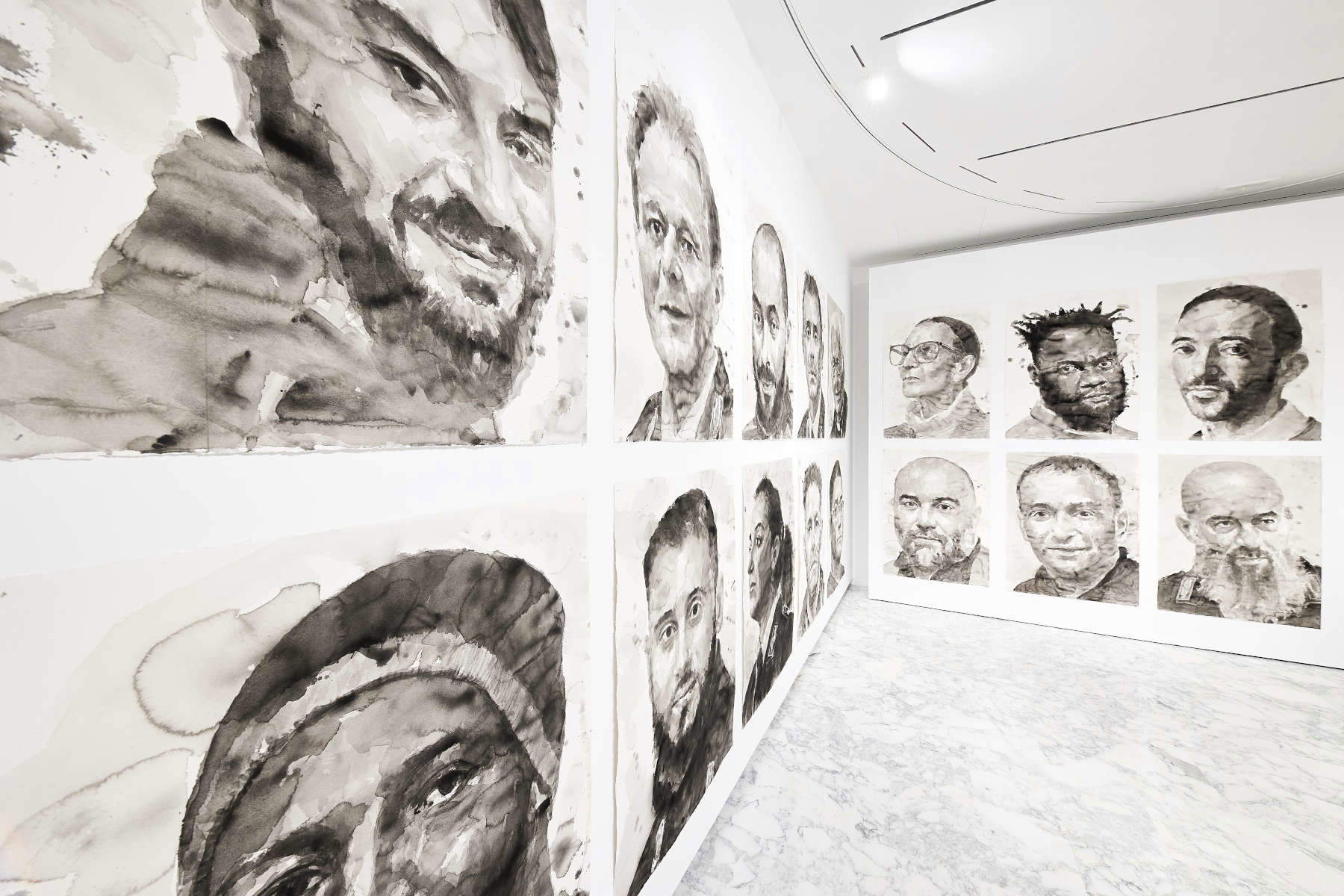
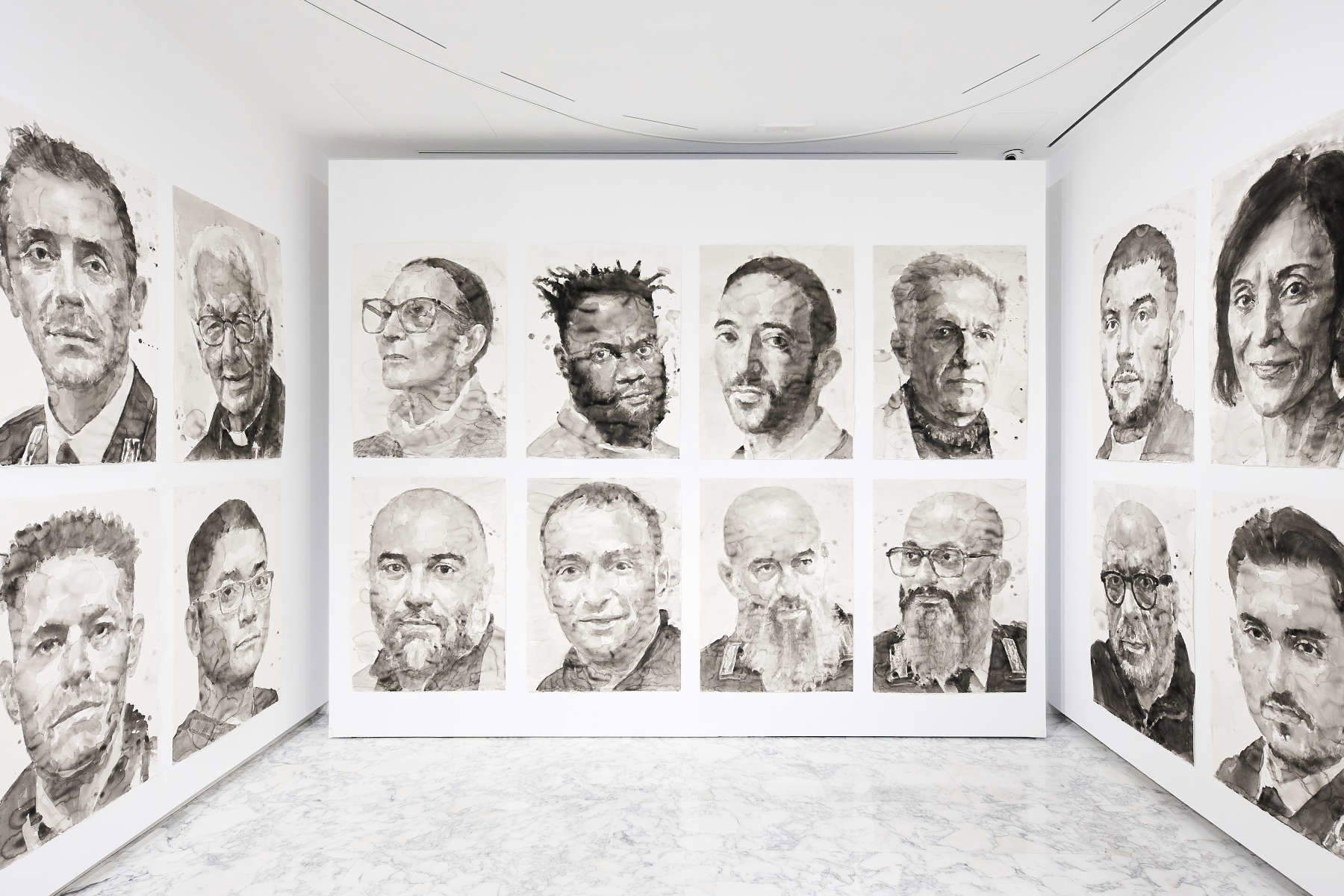
“Yan Pei-Ming is one of the most powerful contemporary painters, capable of reaching the viewer of his work with immediacy,” explains curator Cristiana Perrella, in introducing the artist. “Through the use of portraiture he has enacted a reflection on the representation of power. He has painted political leaders, popes, movie icons, he has reread portraits of past masters such as Velasquez’s Innocent X. That is why I wanted him to portray Regina Coeli inmates and workers, a community perceived as marginal, undetected, invisible.”
Says the artist, “My work is always oriented toward the human being, man is at the center of everything, the fundamental element of my work. If I were asked to create an abstract painting, I don’t think I could do it: I am interested in the human being. I am a painter of our time, and portraying the isolated society of a prison seems to me one of the most symbolic acts of unveiling and a great real chance to bring them hope.”
The theme of hope, at the center of Jubilee 2025, is deeply linked to the message of Pope Francis, who in the Bull Spes non confundit called for a concrete commitment to ensure more dignified conditions for prisoners. The exhibition is therefore part of a broader reflection carried out by the Church and the Dicastery for Culture and Education, which in recent years has promoted several projects in the prison environment.
One of the most significant examples was the Holy See Pavilion at the Venice Biennale 2024, hosted in the Giudecca Prison, where art was used as a means to give a voice to imprisoned people. Another relevant intervention was that of artist Marinella Senatore in Rebibbia Prison, created on the occasion of the Pope’s visit for the opening of the second Holy Door. The work Io Contengo Moltitudini, a light installation with phrases written by inmates, became a symbol of participation and hope, visible only from inside the prison but charged with universal meaning.
Conciliazione 5’s programming will continue throughout 2025 with three more projects, entrusted to international artists who will address the theme of hope in dialogue with significant spaces in Rome. The next intervention, following Yan Pei-Ming’s, will be by artist Adrian Paci, who will work in relation to the Arcispedale di Santo Spirito in Saxia, another emblematic place in the city.
With this new opening, the Vatican reaffirms its commitment to the dialogue between contemporary art and faith, using visual language to address crucial issues in contemporary society. Conciliazione 5 thus becomes a meeting point between the worlds of art and spirituality, offering a space for reflection and discussion open to all.
 |
| Yan Pei-Ming's art tells the faces of Regina Coeli in the Holy See's new space in Rome |
Warning: the translation into English of the original Italian article was created using automatic tools. We undertake to review all articles, but we do not guarantee the total absence of inaccuracies in the translation due to the program. You can find the original by clicking on the ITA button. If you find any mistake,please contact us.





